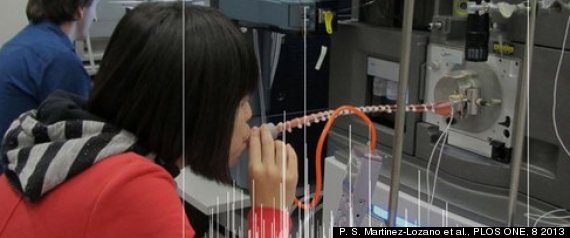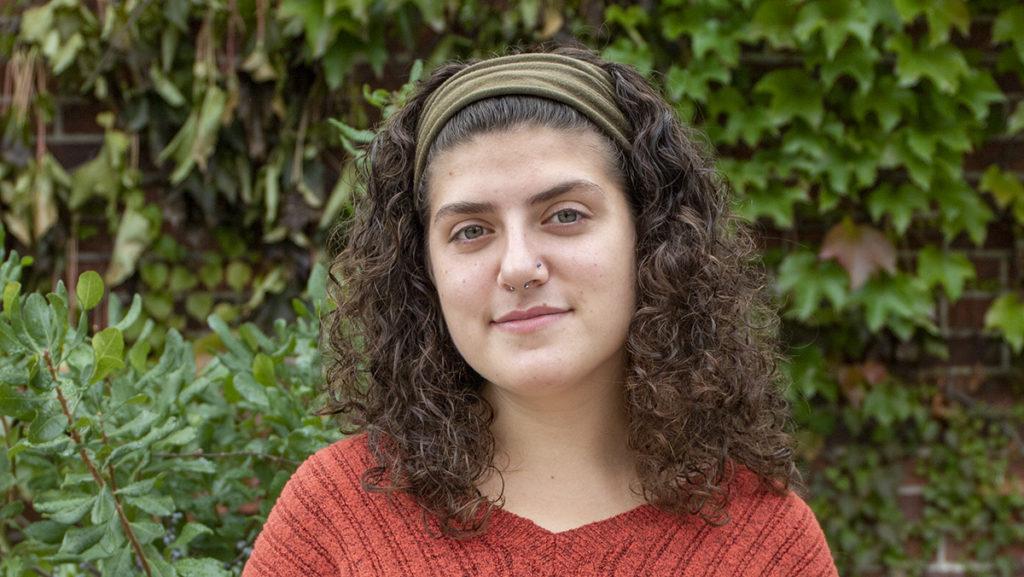As technology advances, so does medicine, especially when it comes to genetic conditions and treatments. Before the development of the polymerase chain reaction 30 years ago, for example, scientists would need a large sample of DNA to run tests on; today, PCR allows testing to be done from a small sample of DNA by replicating it into billions of copies within a few hours. Similarly, the full human genome was sequenced in 2003, and genetic testing is becoming a frontrunner in determining specialized medical treatments based on a person’s individual sequence.
A study published yesterday in PLOS ONE showed that the chemical composition of a person’s breath is also individualized enough to identify that person, and with further research, doctors could be able to detect disease based on the contents of the breath. When we exhale, compounds that our bodies metabolize are also released. While many of these are influenced by the environment, including what we eat, comparison with urine samples show that the metabolic compounds are largely the same within a person. A person’s given composition, called a breathprint, stays pretty consistent over time, so it can be used to easily track the different makeups of metabolites in each person.

The appeal of this method is that it’s completely noninvasive: rather than having to pee in a cup or get poked with needles, all people would have to do is breathe into a tube connected to a mass spectrometer to get results. One proposal within the study was to use this technology for quick anti-doping testing at races, where results would be available instantly instead of having to wait for the lab. The process could also detect differences in the metabolic makeup, which might indicate the onset of a disease such as cancer.
Here’s to hoping that this is the only Breathalyzer test anyone will need.






